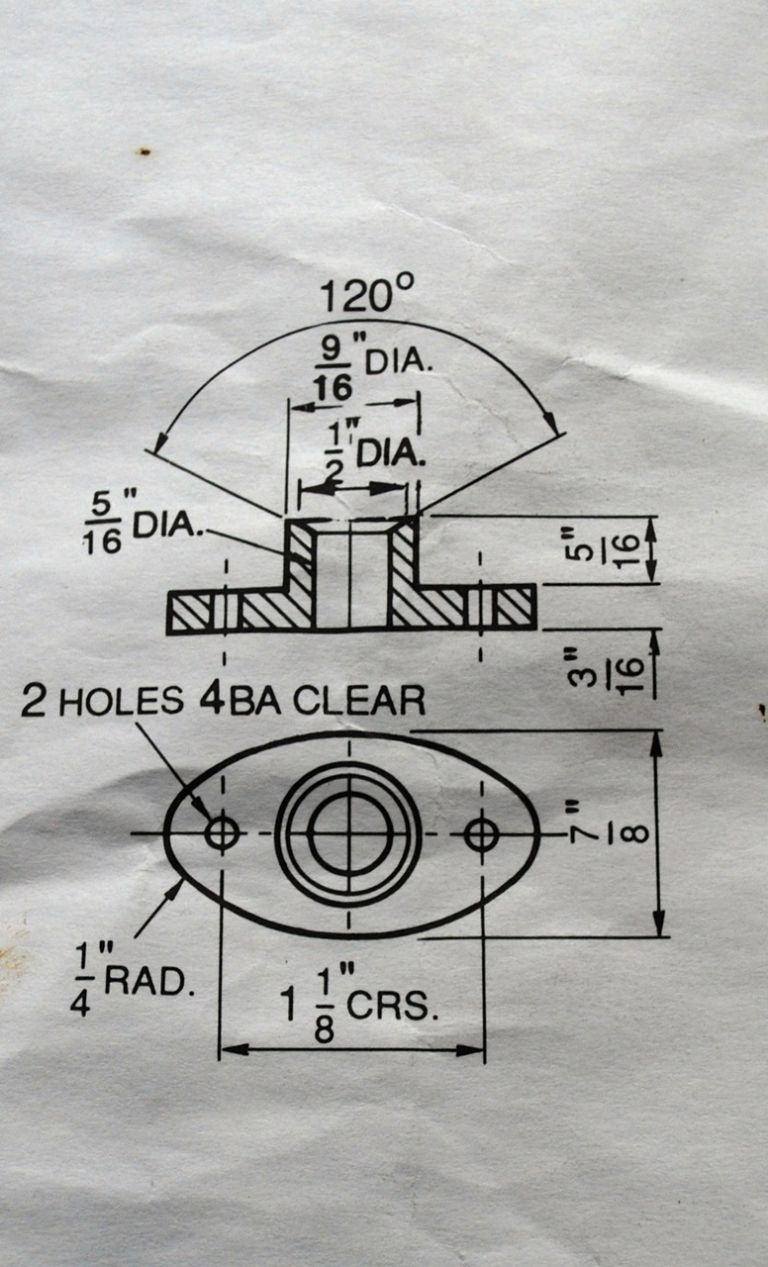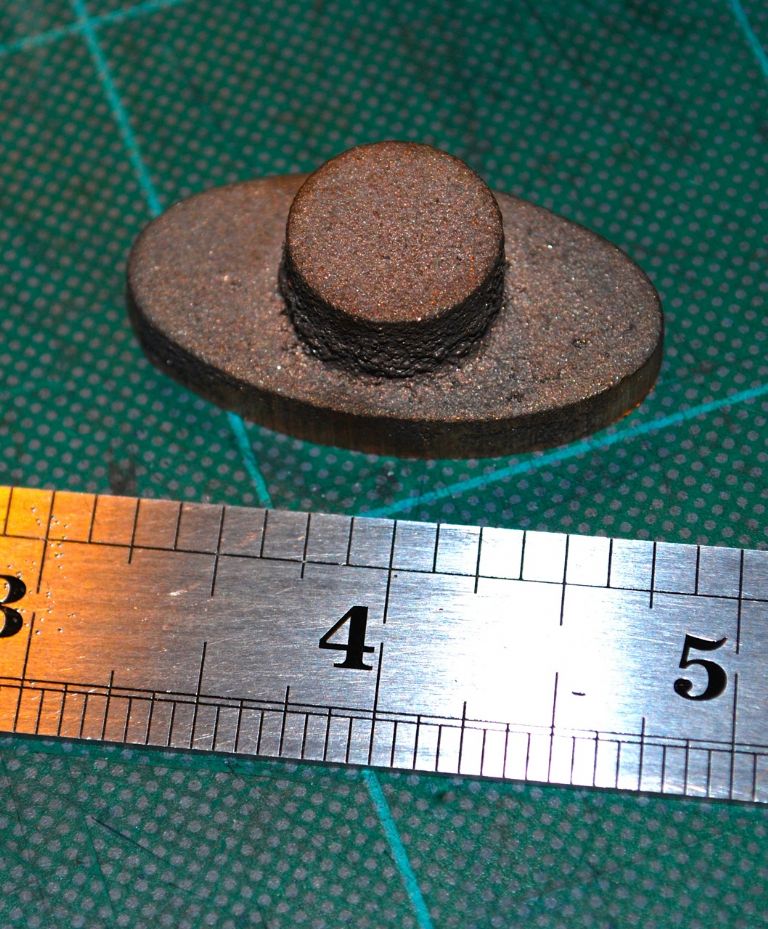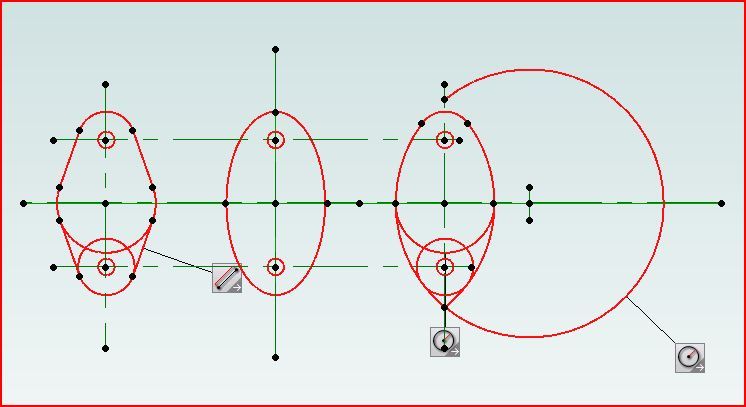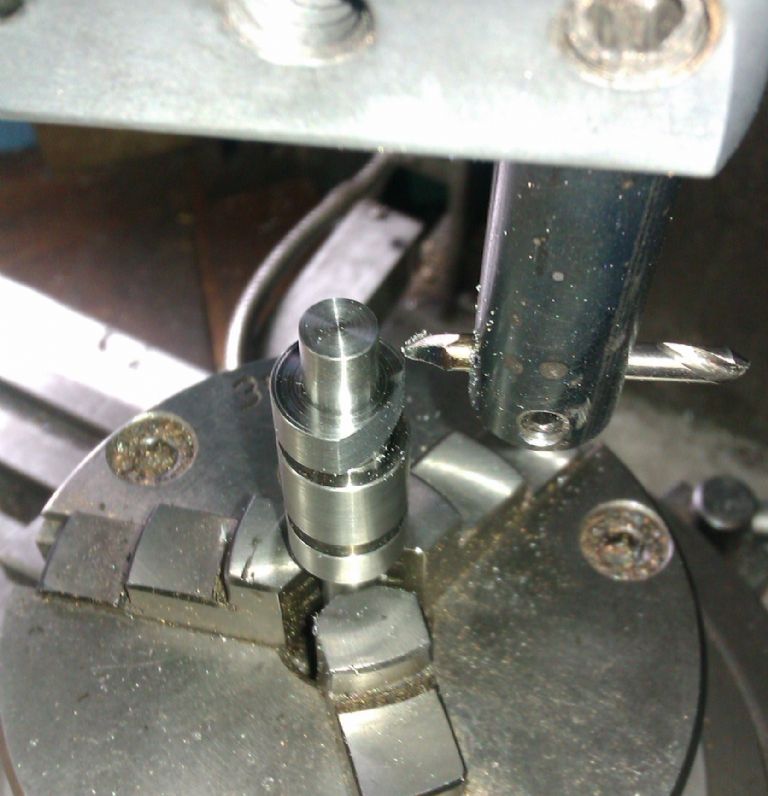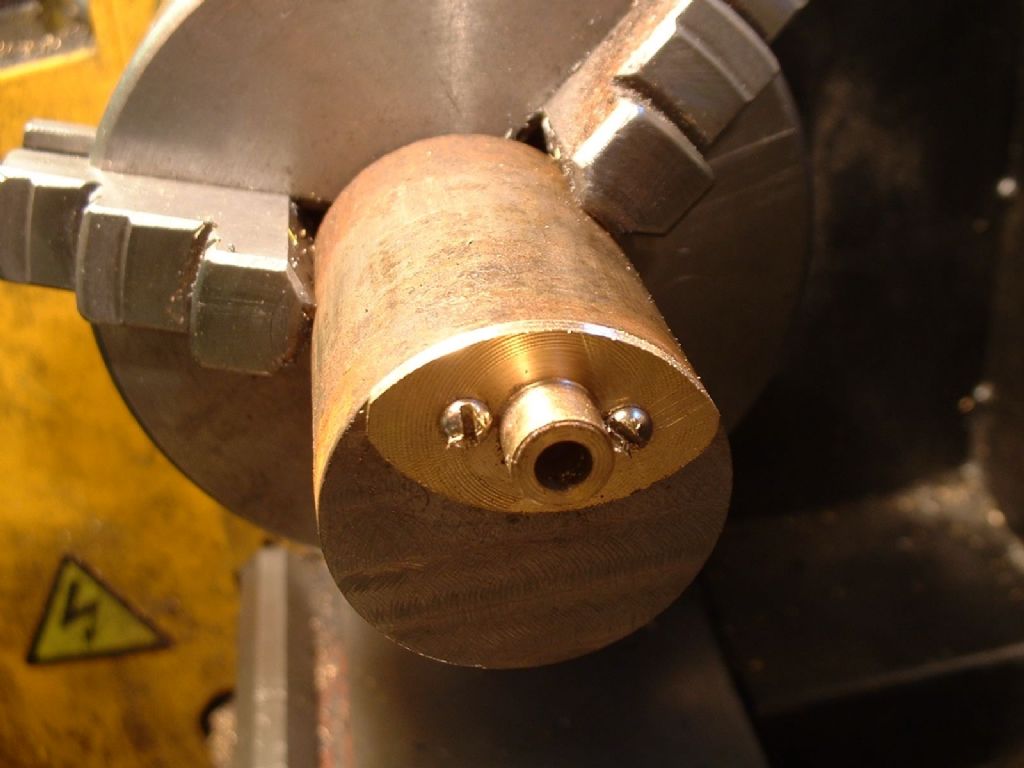My little engine (continued)
My little engine (continued)
- This topic has 601 replies, 46 voices, and was last updated 14 November 2015 at 07:53 by
 JasonB.
JasonB.
- Please log in to reply to this topic. Registering is free and easy using the links on the menu at the top of this page.
Latest Replies
Viewing 25 topics - 1 through 25 (of 25 total)
-
- Topic
- Voices
- Last Post
Viewing 25 topics - 1 through 25 (of 25 total)


